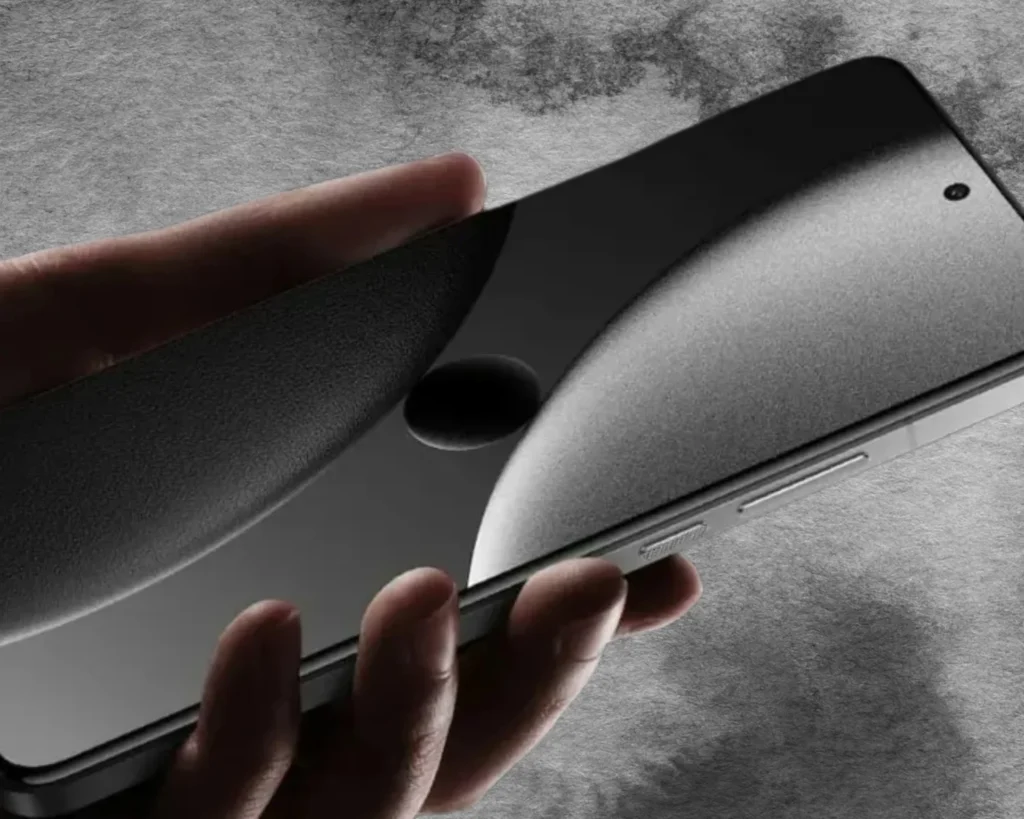Xiaomi 16 Pro: A Leap in Smartphone Innovation
The upcoming Xiaomi 16 Pro is anticipated to introduce a game-changing feature—a 3D-printed metal mid-frame. Industry analysts suggest that this advancement could significantly reduce the device’s weight while enhancing thermal efficiency. With smartphone manufacturers constantly seeking innovative solutions, Xiaomi’s approach could set a new benchmark in flagship smartphone design.
This breakthrough aligns with the broader industry trend of incorporating cutting-edge materials and manufacturing techniques into smartphone development. As consumer demand for sleeker, more powerful devices continues to grow, innovations like 3D printing could define the next generation of high-end smartphones.
Why Smartphone Makers Are Turning to 3D Printing
As per insights shared by industry expert Ming-Chi Kuo, Xiaomi is set to unveil its next-generation flagship smartphone lineup towards the end of 2025. The Xiaomi 16 Pro, expected to succeed the Xiaomi 15 Pro, could incorporate a 3D-printed mid-frame, developed in collaboration with Bright Laser Technologies (BLT). This move underscores the growing interest in 3D printing technology within the smartphone industry.
Advantages of a 3D-Printed Mid-Frame
The adoption of 3D printing in smartphone construction offers multiple benefits, including:
- Lighter Build: Hollow frame designs can be implemented without compromising durability.
- Improved Heat Dissipation: Better thermal performance aids in device longevity and efficiency.
- Structural Integrity: Advanced manufacturing techniques ensure strength despite reduced weight.
- Customization Opportunities: Manufacturers can create tailored frame designs, improving device ergonomics.
- Sustainability Benefits: 3D printing reduces material waste, supporting eco-friendly production.
Overcoming Production Challenges
Despite the advantages, production efficiency remains a challenge. Traditional smartphone frame manufacturing methods still offer higher output rates, making 3D printing a relatively niche process. However, as manufacturing technology improves, analysts predict that 3D printing will become more widespread, particularly in premium smartphone segments where weight reduction and thermal performance are crucial.

Industry insiders also suggest that future refinements in 3D printing materials—such as stronger yet lighter alloys—could further enhance the durability and efficiency of smartphone frames. This shift could pave the way for entirely 3D-printed smartphone chassis, eliminating the need for multiple assembly steps and improving structural integrity.
Expected Launch and Specifications
Following Xiaomi’s previous release cycles, the Xiaomi 16 Pro could be introduced in Q4 2025. While detailed specifications remain under wraps, it is likely that the smartphone will succeed the Xiaomi 15 Pro, which features:
- Snapdragon 8 Elite SoC
- 2K 120Hz OLED Display
- Triple 50MP Rear Cameras
- 6,100mAh Battery with 90W Fast Charging
Given the technological leap of the Xiaomi 16 Pro, industry speculation suggests that it may include:
- Enhanced cooling solutions integrated with the 3D-printed frame.
- A more advanced Snapdragon chipset, offering improved AI performance.
- Faster charging technology, possibly exceeding 100W fast charging speeds.
- New imaging capabilities, such as AI-assisted computational photography.
The Future of Smartphone Manufacturing
As 3D printing technology evolves, the smartphone industry is expected to witness a shift toward lighter and more thermally efficient devices. The Xiaomi 16 Pro could be among the first to pioneer this transformation, setting a precedent for future flagship smartphones.
Experts predict that within the next decade, 3D printing could become a standard practice for manufacturing not just frames, but internal components as well. This evolution could lead to more modular and repairable smartphones, reducing e-waste and contributing to a more sustainable tech industry.
For the latest updates on smartphone launches, including insights from MWC 2025, stay tuned to our coverage.


